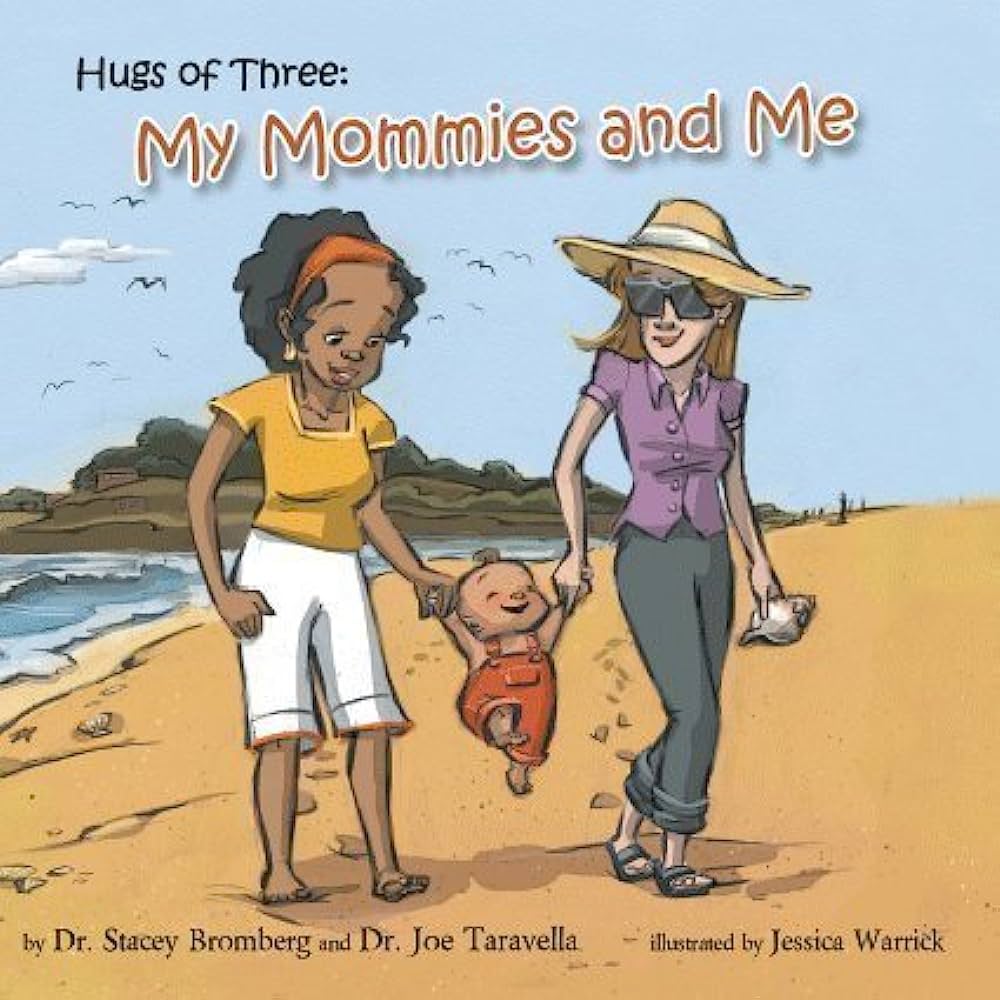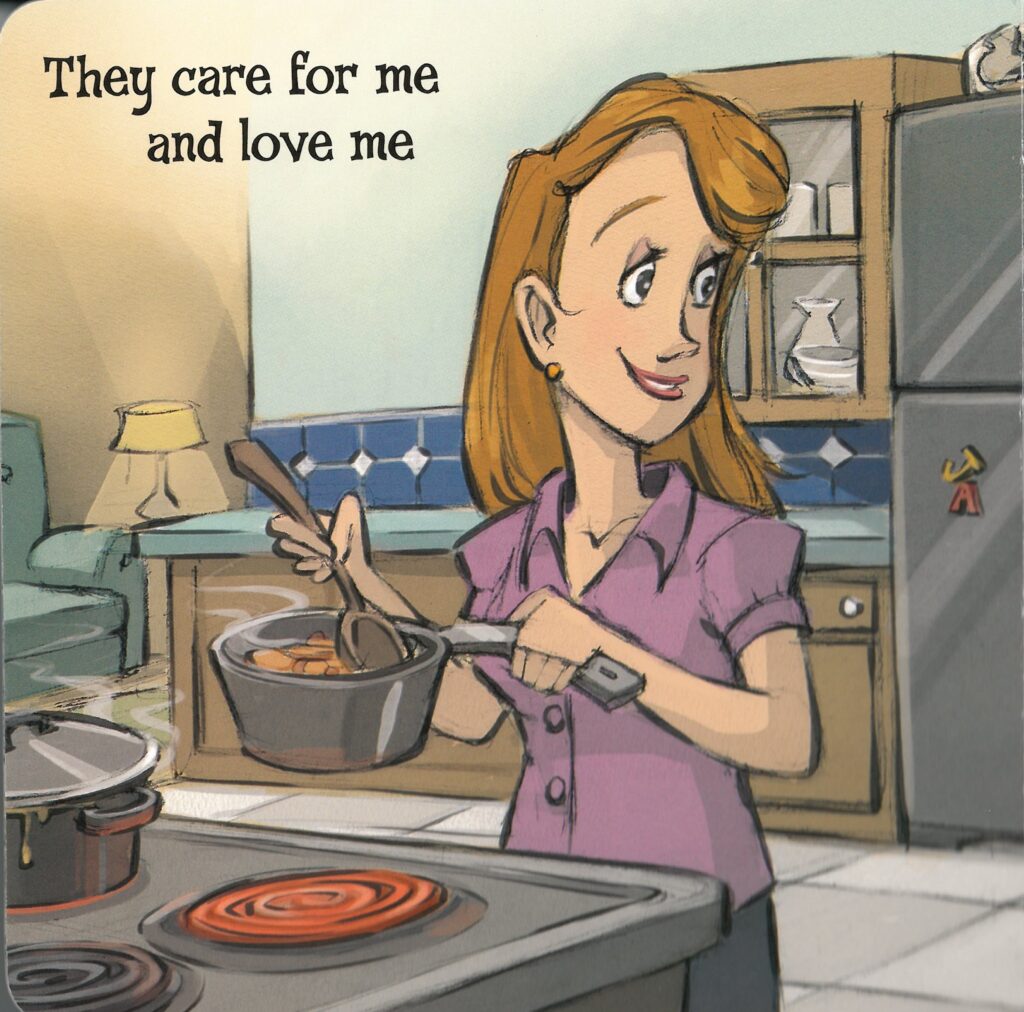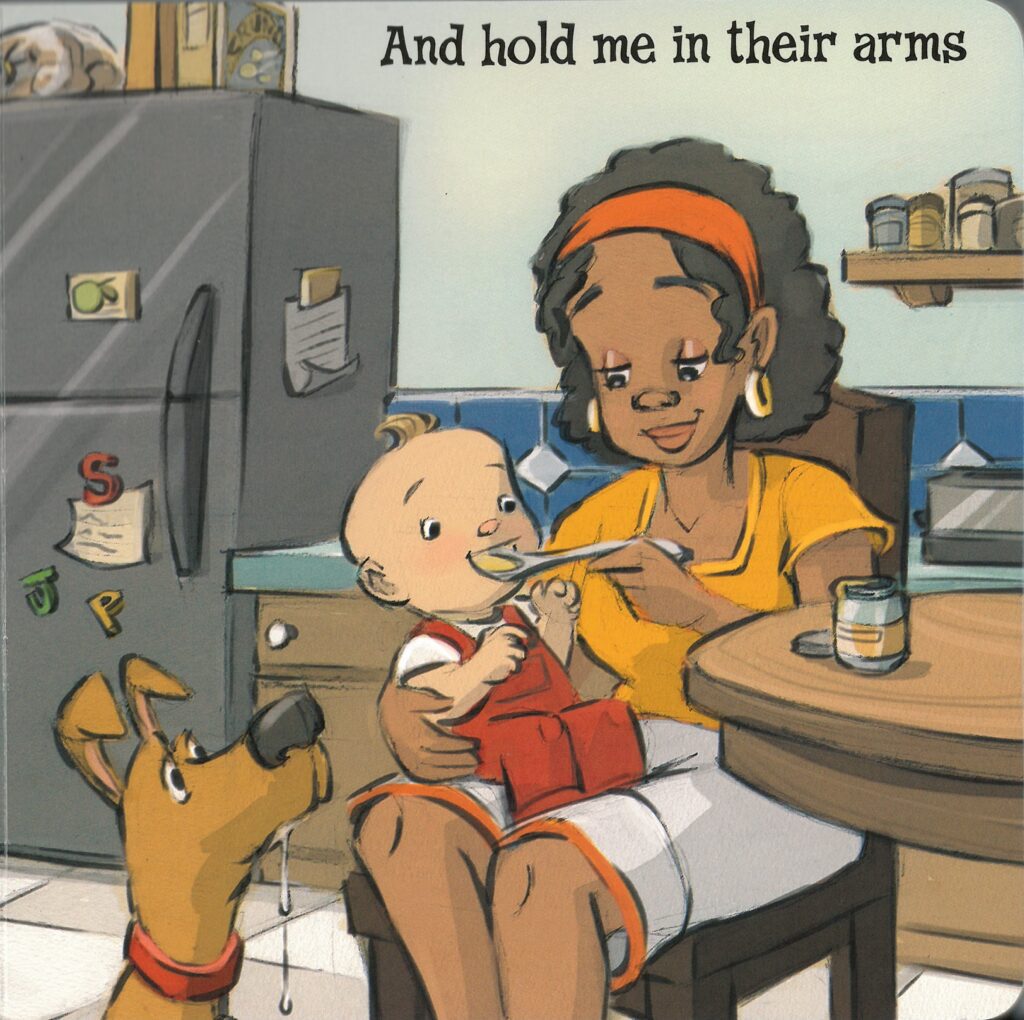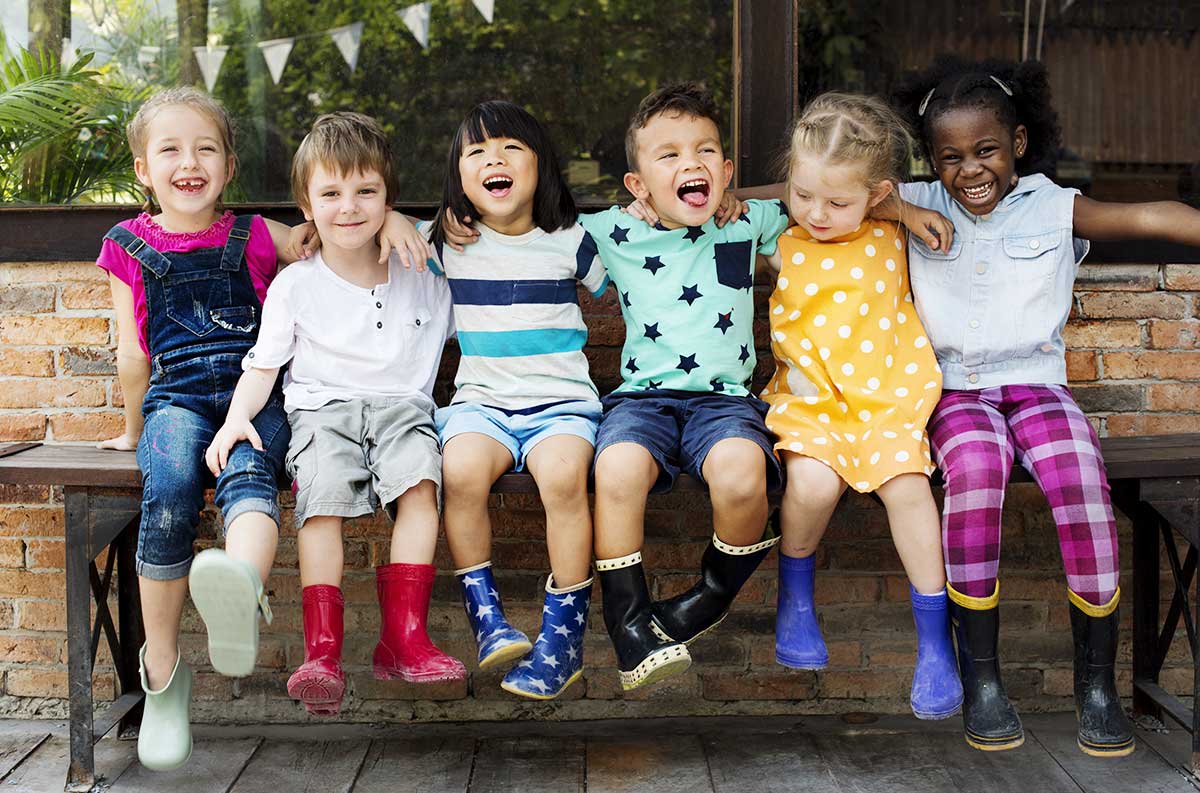
Inclusive Children's Book Teaching Guide
Hugs of Three: My Mommies and Me
What is this book about?
Written by two experienced psychologists, this sturdy board book celebrates family diversity, with an emphasis on infant and toddler development and the joys and comforts of daily routines carried out in the context of loving family relationships.
Through colorful illustrations and rhyme, Drs. Bromberg and Taravella deliver an important message about understanding and accepting the differences among families. Hugs of Three: My Mommies and Me encourages children to identify the similarities and differences between their families and the families of their peers so that they can become more aware of the many different kinds of families and celebrate the uniqueness of all families in an age-appropriate and meaningful way.
Although same-sex parents and their children will personally identify with this story, the message is a universal one that will resonate with children from every kind of family.
Who is depicted in this book?
What early childhood themes and concepts does this book explore?
- What makes a family
- Ways that family members spend time together and care for one another
- Familiar forms of play and daily routines, from waking up to going to bed
How does this book support anti-bias education?
Through its depiction of a loving family with two moms, this book offers representation for children in LGBTQ+ families, as well as an opportunity for these children to demonstrate family pride.
Depending on how the book is shared or used—and the developmental level of the children—Hugs of Three: My Mommies and Me may be used to support the following core goal from the book, Anti-Bias Education for Young Children and Ourselves:
Identity—Children will demonstrate self-awareness, confidence, family pride, and positive social identities
How can this book be used to meet early childhood learning standards?
For all ages
Use Hugs of Three: My Mommies and Me to meet early childhood literacy standards >
For children from birth to age three
Teaching suggestion: Point out familiar people and relationships depicted in the book and model their names.
What Illinois Early Learning Guideline does this meet for children from birth to age three?
Developmental DomainLanguage Development, Communication and Literacy
Standard: Receptive CommunicationChildren demonstrate the ability to comprehend both verbal and nonverbal communication.
Indicators for children:
- Recognizes and demonstrates understanding of familiar pictures, people and objects, such as saying “mama” while pointing to mother (16–24 months)
- Responds verbally and/or nonverbally to comments or questions while engaged in conversations with both peers and adults (21–36 months)
Teaching suggestion: Point out and model ways that parents show love and care for their children, such as holding hands, feeding, comforting a hurt child, or reading together. While reading this book, you can also incorporate a baby doll to introduce pretend play and encourage back-and-forth exchanges.
What Illinois Early Learning Guideline does this meet for children from birth to age three?
Developmental DomainSelf-Regulation
Standard: Emotional RegulationChildren demonstrate the emerging ability to identify and manage the expression of emotion in accordance with social and cultural contexts.
Indicators for children:
- Seeks out caregiver through physical actions (7–8 months)
- Seeks caregiver support when feeling overwhelmed by emotion (21–36 months)
For preschoolers (ages three to five)
Teaching suggestion: Invite the children to talk about family structure. Ask questions such as: "Who is in your family? What is the same and different among families?" Encourage the children to discuss and draw/write about their own families, including the people that they consider to be family members and the activities that family members share.
What Illinois Early Learning and Development Standards does this meet for preschoolers?
Social Studies Standard18BDevelop an awareness of self within the context of family.
Benchmark 18.B.ECa:
Understand that each of us belongs to a family and recognize that families vary.
See inside this book.


